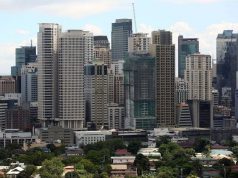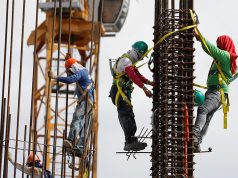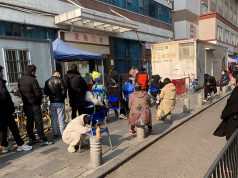MANILA — The Philippine economy shrank by more than expected on an annual basis in the third quarter due to the COVID-19 pandemic, official data showed on Tuesday, but the fallout eased after the government gradually lifted coronavirus restrictions.
The Philippines imposed one of the world’s longest and strictest lockdowns earlier this year as it was hard hit by the coronavirus, tipping the economy into its first recession in nearly 30 years in the April-June period.
Gross domestic product (GDP) shrank 11.5% in the third quarter from a year earlier, the statistics agency said. Economists in a Reuters poll had expected the economy to slump 9.8% after a revised contraction of 16.9% in the second quarter.
But GDP grew a seasonally adjusted 8% quarter-on-quarter in the July-September period as the government gradually lifted restrictions from the middle of May to help ease the economic pain. That was a big improvement on a previously reported 15.2% contraction in the second quarter.
“The economy is on the mend. The worst is over,” said Acting Economic Planning Secretary Karl Chua, reading a prepared joint statement by the government’s economic managers at a virtual press conference.
The pick-up in economic activity, along with moderate inflation, eases the pressure on the central bank to provide further monetary support.
The central bank already cut benchmark interest rates by a total of 175 basis points this year while the government has launched 165.5 billion Philippine pesos ($3.4 billion) worth of emergency relief measures to boost healthcare services and help businesses.
But the Philippine economy still looks poised for a full-year contraction in 2020 as it struggles to get the virus under control at home while a resurgence of cases in Europe and the United States threatens a global economic recovery.
The World Bank expects the Philippines, which has been among the world’s fastest-growing economies in recent years, to shrink 6.9% in 2020 – the biggest slump since the 1980s. The government is forecasting a more modest contraction of between 4.5% and 6.6%.
The Philippines has the second-highest number of coronavirus cases and COVID-19 deaths in the Southeast Asian region. —Reporting by Neil Jerome Morales and Enrico Dela Cruz; Editing by Ana Nicolaci da Costa










